Presentation
Patient with tachycardia, exophthalmos and goiter. Blood chemistry: TSH: 0.00 mUI/mL T3: 15.7 ng/mL T4: 23.0 ug/dL FT3: 127.1 pg/mL FT4: 17.7 ng/dL
Patient Data

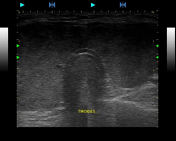
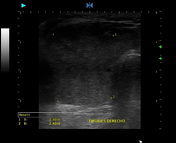
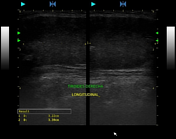
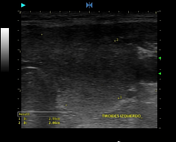
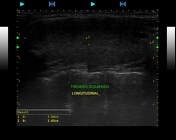
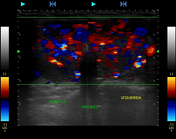
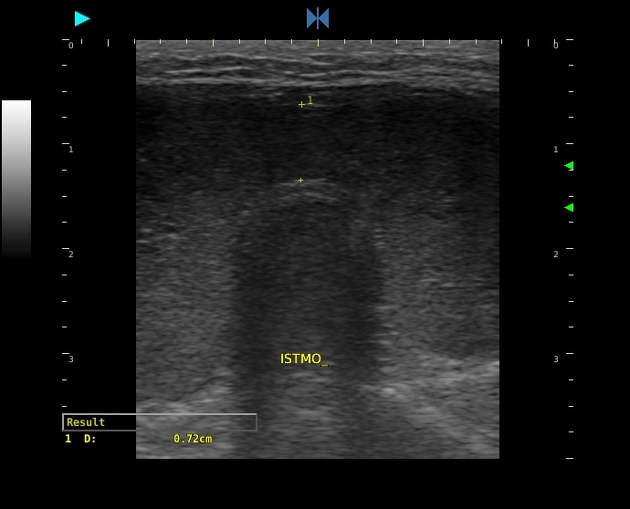
Gland enlargement. Isthmus over 7mm.
Altered parenchymal echotexture and decreased echogenicity. Absence of nodularity.
Increased vascularity, may demonstrate a thyroid inferno pattern.
Case Discussion
Graves disease (also known as diffuse toxic goiter) is an autoimmune disorder caused by antibodies against the thyrotropin (TSH) receptors on the cell surface of the thyroid follicle. By mimicking TSH, the thyroid receptor antibodies excessively stimulate the thyroid cells, which in turn increases thyroid hormone production with its associated sequelae.
Thyroid ultrasound demonstrates an enlarged gland that has characteristic echogenicity, easily distinguishable from adjacent muscular structures. The thyroid gland's characteristic echogenicity is due to its follicular structure, the interface between thyroid cells and colloid produces high acoustic impedance, causing high-frequency sound waves to be reflected back to the probe.
On color Doppler ultrasonography, there is an increase in vascularization of the parenchyma, this appearance is known as "thyroid inferno".




 Unable to process the form. Check for errors and try again.
Unable to process the form. Check for errors and try again.